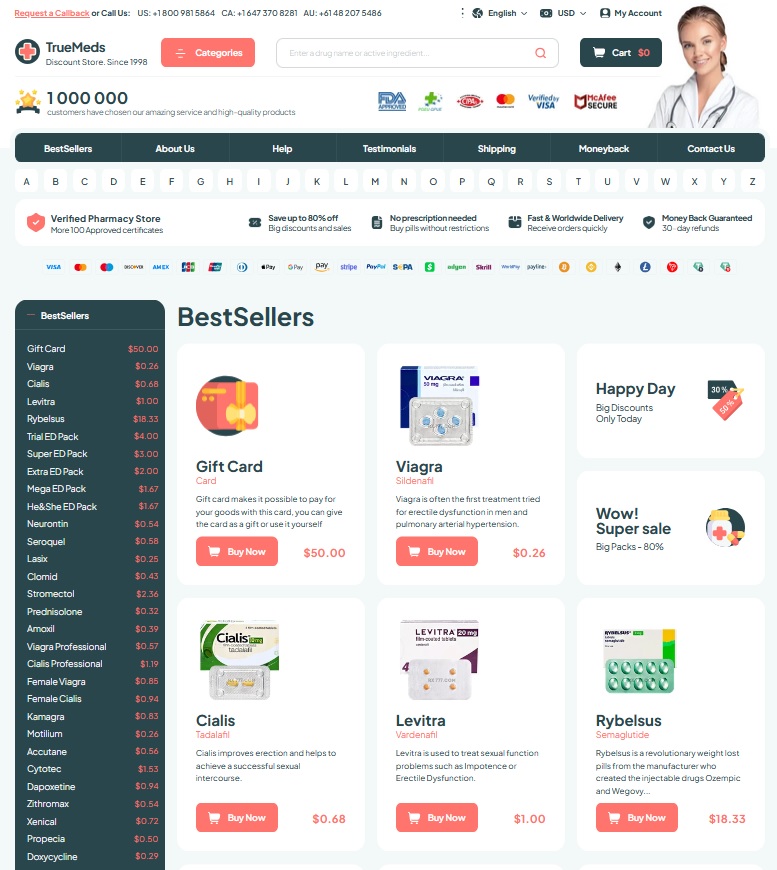To Buy Xanax Online Visit Our Pharmacy ↓
Primary Indications for Xanax Prescription
Xanax, a brand name for alprazolam, is primarily prescribed for several anxiety-related conditions. Generalized anxiety disorder (GAD) is one of the most common indications, where patients experience persistent and excessive worry about various aspects of life. Xanax helps alleviate anxiety symptoms such as restlessness, irritability, and difficulty concentrating.
Another significant use for Xanax is in treating panic disorder, with or without agoraphobia. Individuals suffering from panic attacks can experience sudden, intense episodes of fear accompanied by physical symptoms like rapid heartbeat, sweating, and shortness of breath. Xanax can help reduce the frequency and severity of these attacks.
Social anxiety disorder is another condition for which Xanax may be prescribed. This medication can help individuals manage the intense fear and discomfort experienced in social situations. Additionally, Xanax can be beneficial for those with agoraphobia, a condition characterized by fear of places or situations where escape might be difficult.
It’s important to note that while Xanax can be effective in managing these conditions, it should always be used under the guidance of a healthcare professional due to its potential for dependence and side effects.
Off-Label Uses of Xanax
While Xanax is primarily prescribed for anxiety disorders, it has several off-label uses that healthcare providers may consider in certain situations. Insomnia is one such application, where Xanax’s sedative effects can help individuals struggling with sleep difficulties. Some doctors may prescribe it for depression, particularly when anxiety is a significant component of the depressive disorder.
Xanax has also been used to manage symptoms of premenstrual syndrome (PMS), especially when anxiety and irritability are prominent. In cases of alcohol withdrawal, it may be administered under close medical supervision to help manage symptoms and reduce the risk of seizures. Additionally, some oncologists have found Xanax useful in alleviating chemotherapy-induced nausea and anxiety associated with cancer treatment.
It’s crucial to note that these off-label uses should only be pursued under the guidance of a qualified healthcare professional, as Xanax carries risks of dependence and side effects. The benefits and potential risks must be carefully weighed for each individual case.
Dosage and Administration Guidelines
When initiating treatment, it’s crucial to follow proper dosage and administration guidelines to ensure optimal therapeutic outcomes and minimize potential side effects. The starting dose typically depends on various factors, including the patient’s age, weight, medical history, and the severity of the condition being treated. It’s generally recommended to begin with a lower dose and gradually increase as needed.
The maximum dose should never be exceeded, as this can lead to adverse reactions or toxicity. The frequency of administration varies depending on the medication’s half-life and the specific formulation. Some medications require once-daily dosing, while others may need to be taken multiple times throughout the day.
Extended-release formulations offer the advantage of less frequent dosing, which can improve patient compliance. These formulations are designed to release the active ingredient slowly over an extended period, maintaining steady drug levels in the body.
When discontinuing certain medications, especially those affecting the central nervous system, it’s essential to follow a tapering schedule. This gradual reduction in dosage helps prevent withdrawal symptoms and allows the body to adjust to decreasing drug levels. The tapering schedule should be individualized based on the patient’s response and the medication’s characteristics.
Always consult with a healthcare professional for personalized dosage and administration instructions, as they can take into account individual patient factors and potential drug interactions.
Alternatives to Xanax for Anxiety Management
While Xanax is a commonly prescribed medication for anxiety, there are several alternatives that can be equally effective for managing anxiety symptoms. Selective Serotonin Reuptake Inhibitors (SSRIs) and Serotonin-Norepinephrine Reuptake Inhibitors (SNRIs) are two classes of antidepressants that are often used as first-line treatments for anxiety disorders. These medications work by balancing neurotransmitters in the brain and typically have fewer side effects than benzodiazepines like Xanax.
Buspirone is another medication option that can help reduce anxiety without the risk of dependence associated with benzodiazepines. It works by affecting serotonin and dopamine receptors in the brain, promoting a sense of calm.
Non-pharmacological approaches can also be highly effective in managing anxiety. Cognitive Behavioral Therapy (CBT) is a widely recognized therapeutic technique that helps individuals identify and change negative thought patterns and behaviors associated with anxiety. Mindfulness techniques, such as meditation and deep breathing exercises, can also be powerful tools for reducing anxiety symptoms and promoting overall well-being.
Lastly, lifestyle changes can play a crucial role in anxiety management. Regular exercise, maintaining a balanced diet, ensuring adequate sleep, and reducing caffeine and alcohol intake can all contribute to better anxiety control. It’s important to consult with a healthcare professional to determine the most appropriate treatment plan for individual needs.

